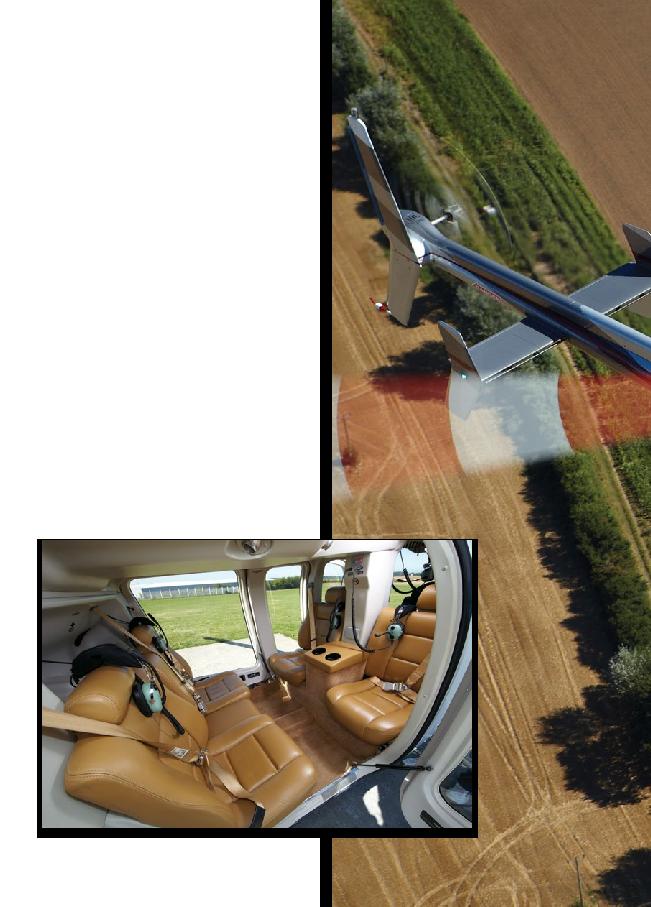
52
GA
/ Vol. 5 / No.9 / SEPTEMBER 2013
moved and there is a pedal lock in
the cockpit to prevent extravagant
movements by the pilot. This is
standard on all Bell 407 models.
Once in the cockpit there are
two display screens, the PFD
(primary flight display) on the right
and the MFD (multi flight display)
on the left. If one screen fails all
the information can be brought
up on the remaining working
display called `composite
mode'. You can, however, only
see the camera on the left hand
screen, perhaps because it is one
of the less important displays.
Garmin and Bell have worked
together on the screens to reduce
pilot workload (something that is
very much the catchphrase of the
moment) and improve situational
awareness. On the PFD main
screen display there is: direction,
altitude, VSI and NR and NG
(known as the PSI - Power situation
indicator) plus an artificial horizon
and an engine out warning. A
map display, a flight planning
display and a `pathways in the sky'
display may be superimposed on
the screen. Garmin sell it as an
intuitive screen with a clear, easy
to scan layout, certainly I found
I quickly got used to using it.
On the lefthand screen you
have a `range ring' display, which
shows the distance other aircraft are
away from the helicopter, a flight
planning display, a map display
(you can do a split screen here
with the tail camera pictures) and
a power assurance check display,
this has warnings in amber and
red. It is also possible to have
weather radar on this screen.
We did a series of machine and
computer pre-flight checks and
these were shown on the screen.
We then moved on to start-up.
This is very easy as it is done by
the FADEC and monitored by the
pilot using the screens. Warnings
are coloured amber and dangers in
red, as is standard and intuitive.
Test Flight
I have flown the 407 once before,
in Texas in 2006, and I regularly
fly the Bell 206, so I am used to
Bell models and I like them. Even
given that level of bias, I think
most people would find this a nice
machine to fly. It is, dare I say
it, quite easy. It flies with a nice
balance and it takes off and lands
smoothly, yes with left skid low,
but that is expected anyway, and
hovering even with a tail wind is
comfortable. There is a nice lot of
power available to us, however,
it is true that we were flying with
only two of us and half tanks, but
Aimé averred it feels just as good
with five people in the back.
We lifted off and flew into
the practice area. Having done
some turns left and right Aimé
suggested I bring the 407 into
a hover out of ground effect at
2000 feet. I did and saw we were
only using 60 torque (presumably
this would be higher with five on
board). I then did then pedal turn
left and right without any descent

